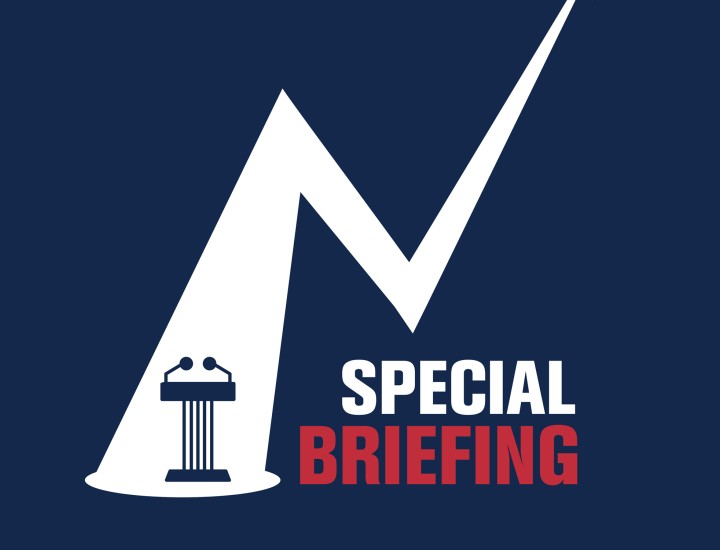Meeting the Trillion-Dollar Challenge: Fifty-State Review

Disclosure of Deferred Infrastructure Maintenance in Capital Budgeting Documents
The US is estimated to have accumulated about $1 trillion in deferred maintenance, defined as scheduled repairs that should have been carried out but were postponed in favor of more pressing current spending needs. Even though this gap is equivalent to about 4 percent of the nation’s gross domestic product and is expected to continue widening, deferred maintenance is rarely incorporated into state or local capital budgets, annual comprehensive financial reports (ACFRs), or infrastructure needs assessments. The widespread lack of disclosure stands in contrast to financial liabilities such as bond and other debts, pension obligations, and other postemployment benefits—principally health care—which states and municipalities governments are required to report in ACFRs, standardized formats recommended by the Governmental Accounting Standards Board. Still, some states do reveal portions of their deferred maintenance in varying ways.
When deferred maintenance backlogs are reported, the information is often scattered in multiple agencies’ reports or published as a stand-alone document or presentation to the legislature that is intended to inform the capital budget request process. However, if such documents are not directly connected to capital budget documents, the issue of deferred maintenance receives insufficient policy attention and may be neglected.
Capital budgets and centralized capital improvement plans for all fifty states were reviewed to determine which do—and do not—make deferred maintenance disclosures. These capital budgeting documents outline current and future government spending plans for infrastructure and asset investments, and as such should be the tool for states to disclose their strategies and funding allocations to address their deferred maintenance backlogs.


